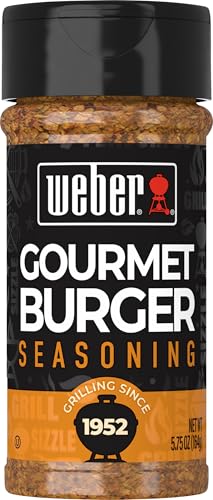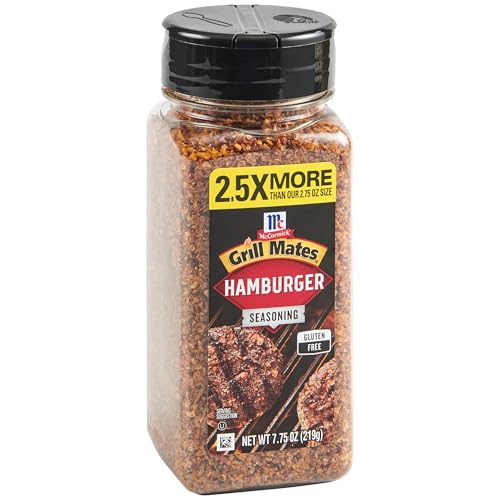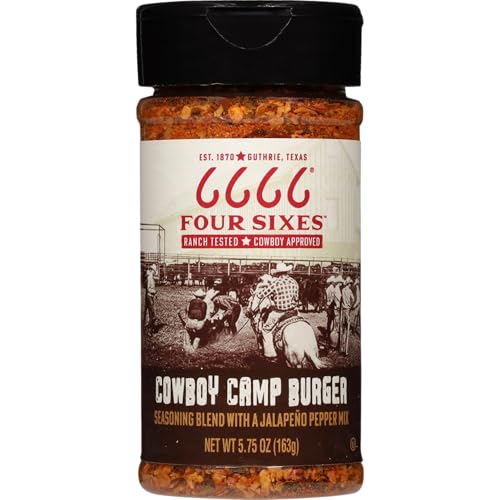Key Takeaways
- Know Your Audience: Identify whether your target readers are novice cooks or seasoned grillers to tailor content that meets their needs and skills.
- Structure Matters: Organize your cookbook effectively by categorizing recipes and maintaining a consistent theme to enhance usability and reader engagement.
- Innovative Recipe Development: Experiment with a variety of proteins, flavors, and cooking techniques while continually testing and refining your recipes to ensure delicious outcomes.
- Engaging Content Creation: Use clear, step-by-step instructions along with personal anecdotes and tips to create a connection and build confidence in readers while cooking.
- Visually Appealing Design: Invest in high-quality photography and an inviting layout that captivates readers and inspires them to create beautiful burger presentations.
If you love burgers as much as I do, writing a burger cookbook could be the perfect way to share your passion. There’s something magical about a perfectly grilled patty nestled between two buns, and I can’t wait to dive into the world of flavors, textures, and creativity that burgers offer. Whether you’re a seasoned chef or a backyard griller, this journey can be both fun and rewarding.
Understanding Your Audience
Understanding my audience is vital for crafting a successful burger cookbook. My target readers are food enthusiasts eager to learn how to create amazing, unique burgers that impress friends and family. They seek new flavors, techniques, and the joy of grilling, similar to my passion.
Identifying Target Readers
I focus on identifying my target readers. These individuals typically fall into two categories: novice cooks looking to expand their culinary skills and seasoned grillers wanting to explore innovative burger recipes. Both groups share a love for burgers and a desire to try something extraordinary. They seek guidance in transforming basic ingredients into mouthwatering masterpieces.
Assessing Reader Preferences
I assess reader preferences to tailor my content effectively. Many readers appreciate step-by-step instructions along with visuals that showcase the process. They enjoy unique flavor combinations, regional influences, and practical tips that simplify cooking. Understanding these preferences helps me create a cookbook that resonates with their needs, ensuring they gain the confidence and creativity to make delicious burgers at home.
Structuring Your Cookbook
A well-structured cookbook makes it easy for readers to navigate and enjoy their burger-making journey. Organizing content effectively ensures that both novice cooks and seasoned grillers find value and inspiration in your recipes.
Choosing a Theme
Choosing a theme forms the backbone of your cookbook. I recommend focusing on specific styles, like gourmet burgers, regional specialties, or healthy variations. Themes guide recipe selection and unify the book’s voice. For example, if I’m exploring international flavors, I might include a Thai-inspired burger with lemongrass and ginger, followed by a Mexican chorizo burger with avocado crema. A consistent theme can spark creativity and keep readers engaged throughout their culinary adventure.
Organizing Recipes
Organizing recipes systematically enhances usability. I often categorize my burger recipes by type, such as beef, chicken, vegetarian, and seafood. Within each section, I arrange recipes from simple to more complex, helping readers build their skills gradually. Another approach I’ve found effective is grouping recipes by key ingredients or flavor profiles. For instance, I might feature all spicy burgers together, like a jalapeño cheddar burger and a chipotle black bean burger. Each recipe includes prep time, cooking instructions, and serving suggestions to make the cooking process seamless.
Recipe Development
Diving into the world of burger creation excites me, and developing unique recipes forms the heart of my burger cookbook. This process involves multiple steps, ensuring that each burger stands out while packing in flavor.
Selecting Burger Varieties
Selecting the right burger varieties is crucial. I enjoy exploring different proteins beyond classic beef. Options include:
- Chicken: Grilled or fried, chicken offers a lighter alternative with endless marinade possibilities.
- Turkey: Lean and flavorful, turkey burgers pair well with spices and herbs.
- Vegetarian: Options range from black bean patties to chickpea-based burgers, providing hearty choices for non-meat eaters.
- Seafood: Salmon or shrimp patties bring fresh, ocean-inspired flavors to the table.
Each type allows me to introduce diverse flavor profiles and textures, appealing to a broad audience.
Testing and Perfecting Recipes
Testing and perfecting recipes fuels my passion. I follow a step-by-step approach:
- Initial Creation: Craft a basic recipe with key ingredients.
- First Try: Grill the burger, noting flavors and textures. I aim for a balance of juicy and flavorful.
- Tweak Seasonings: Adjust spices and herbs based on the first grilling result.
- Texture Adjustments: Experiment with binder ingredients, like breadcrumbs or eggs, to achieve the perfect patty consistency.
- Gather Feedback: Share with friends and family. Their thoughts guide final adjustments, highlighting ingredient pairings or balance.
- Refine Serving Suggestions: Visualize how the burger complements toppings and buns to enhance the overall experience.
This iterative process helps create mouthwatering burgers that excite both seasoned grillers and new cooks.
Writing Engaging Content
Engaging content transforms a cookbook from a collection of recipes into a delightful culinary experience. By focusing on clarity and connection, I keep readers interested and help them feel confident in their burger-making journey.
Crafting Clear Instructions
Clear instructions make the cooking process smooth and enjoyable. Each recipe needs step-by-step directions, breaking down tasks into manageable portions. I include specific measurements, cooking times, and even tips for grilling techniques. Clear section headings guide readers through prep, cooking, and serving processes. For example, I write instructions like:
- Prepare the Patties: Combine ground beef with spices, form patties, and set aside.
- Preheat the Grill: Heat the grill to medium-high, ensuring it’s ready for perfect sear marks.
- Cook the Patties: Grill patties for 4-5 minutes on each side or until the desired doneness.
This detailed approach minimizes confusion and boosts confidence, enticing even novice cooks to give it a try.
Adding Personal Stories and Tips
Personal stories bring a heartwarming touch to recipes. Sharing anecdotes about the inspiration behind specific burger creations or memorable occasions where these recipes shined connects readers on a personal level. For instance, I might recount how my “Spicy Pineapple Burger” came from a summer BBQ with friends, where we experimented with unexpected fruit toppings.
Adding tips, like my favorite seasoning blends or the best grilling techniques, creates a sense of camaraderie. I make readers feel like they’re learning from a friend. Suggestions about cheese melting techniques or how to gauge burger doneness enhance the cooking experience, making it feel more hands-on. It’s this blend of narrative and helpful tips that truly engages readers, encouraging them to experiment and create their own unique burgers.
Designing Your Cookbook
Designing a cookbook is as important as the recipes it contains. A visually appealing and user-friendly design invites readers to explore the world of burgers, inspiring them to create their culinary masterpieces.
Cover and Layout Ideas
Creating an eye-catching cover sets the tone for the entire cookbook. I recommend featuring a luscious burger photograph that embodies the essence of your burger style. Incorporating bold, fun fonts for the title adds personality, making it stand out on shelves.
For interior layout, I prefer a clean and organized format. Grouping recipes by categories, such as “Classic Burgers,” “Gourmet Creations,” and “Vegetarian Delights,” helps readers navigate easily. Including a table of contents provides quick access to sections, while consistent styling for headings and text maintains a professional appearance. This structure encourages novice cooks and experienced grillers alike to delve into new recipes without feeling overwhelmed.
Photography and Visual Appeal
High-quality photography captures the magic of each burger. I always aim to showcase not just the finished product but also the preparation process. Step-by-step images help demystify techniques like forming patties or assembling burgers, making it easier for beginners to follow along. Using natural lighting enhances the visual appeal, bringing out the vibrant colors of fresh ingredients.
Incorporating mouthwatering photos beside each recipe not only piques interest but also inspires creativity. I often include plating suggestions to encourage readers to present their burgers attractively. By combining beautiful visuals with engaging recipes, my cookbook becomes not just a collection of dishes, but a celebration of burger creativity that invites everyone to join in the fun of cooking and grilling.
Conclusion
Writing a burger cookbook is more than just sharing recipes; it’s about igniting a passion for cooking and creativity. I can’t wait to see how readers embrace the flavors and techniques I’ve shared.
Every burger tells a story and invites experimentation. I hope my tips inspire both newbies and seasoned grillers to dive into their kitchens with confidence.
With a well-structured approach and engaging content, I believe this cookbook will not only be a guide but also a source of joy and inspiration. So grab your spatula and let’s get cooking!






